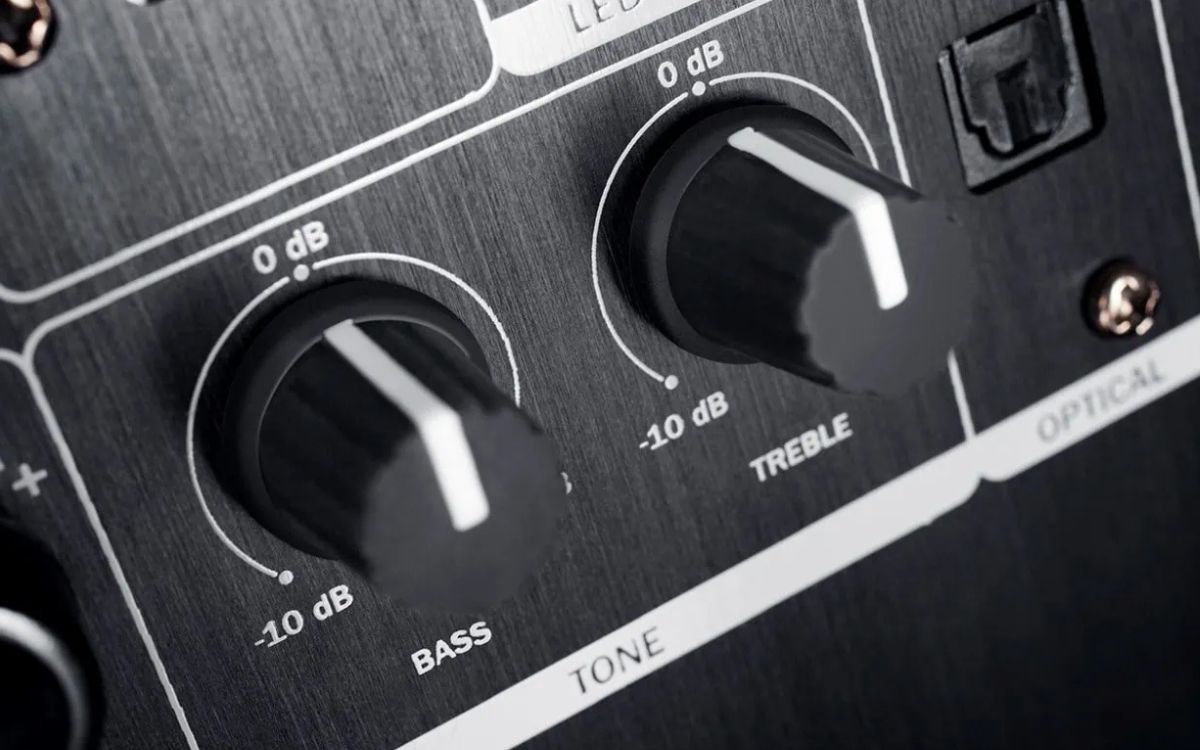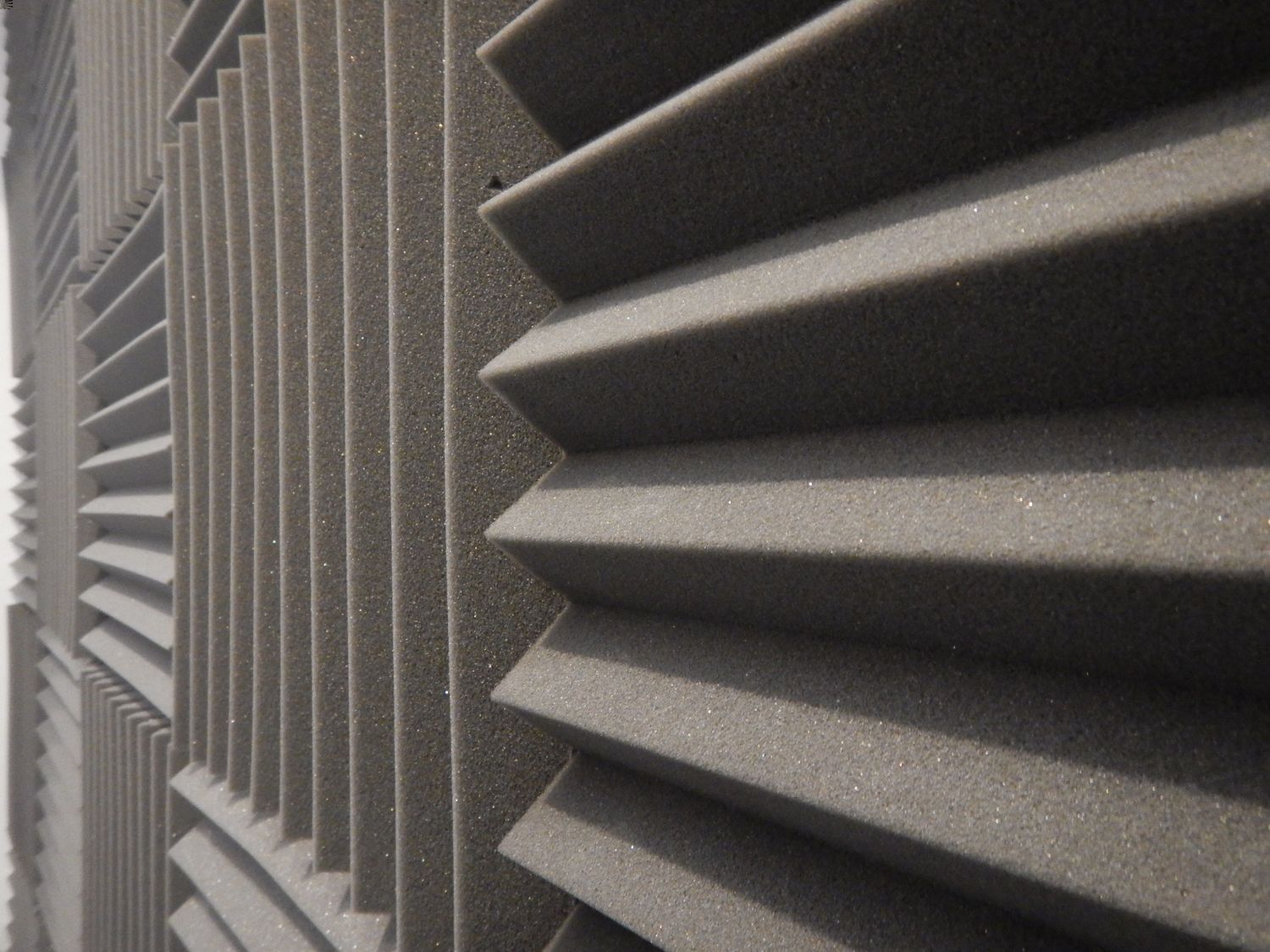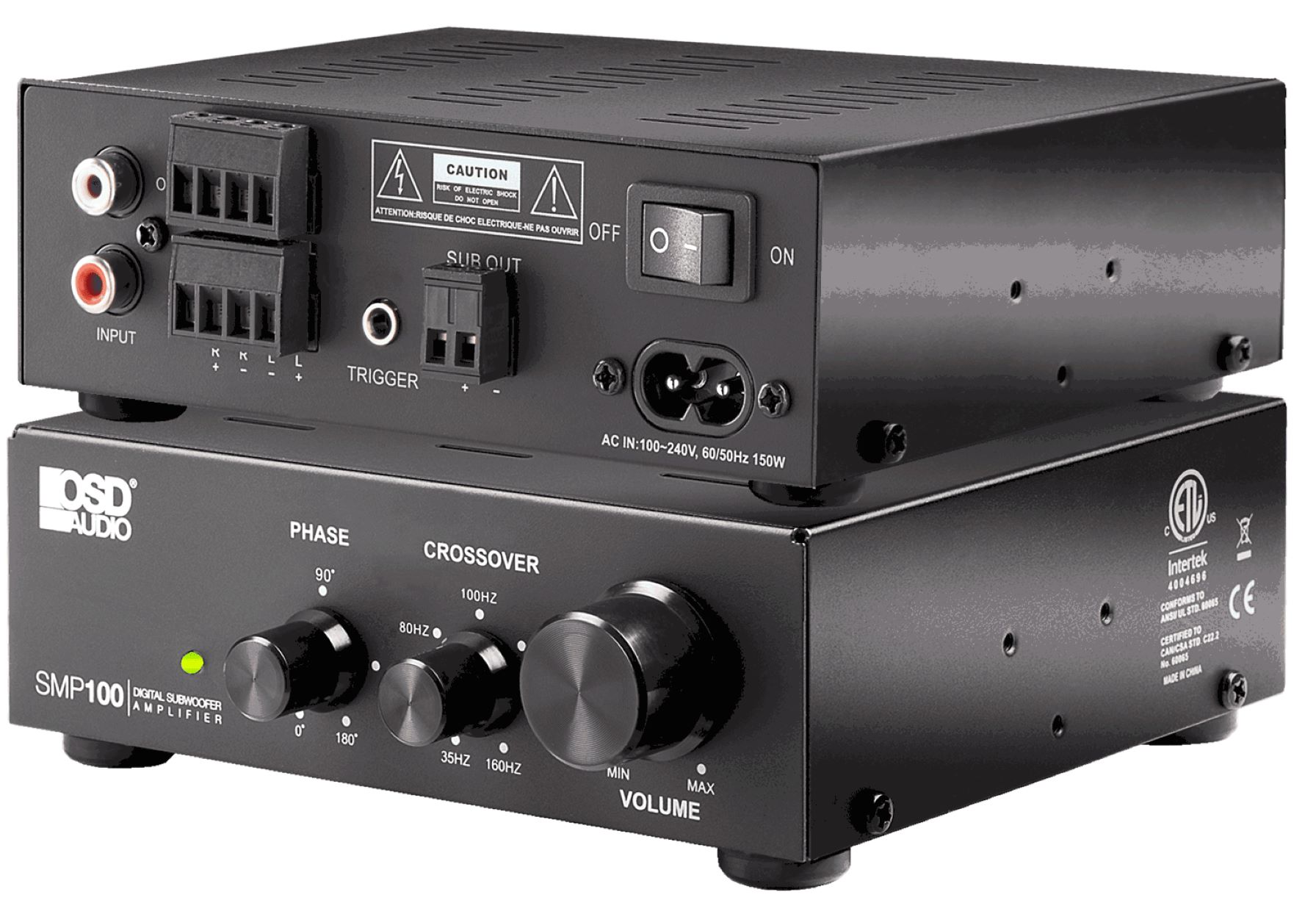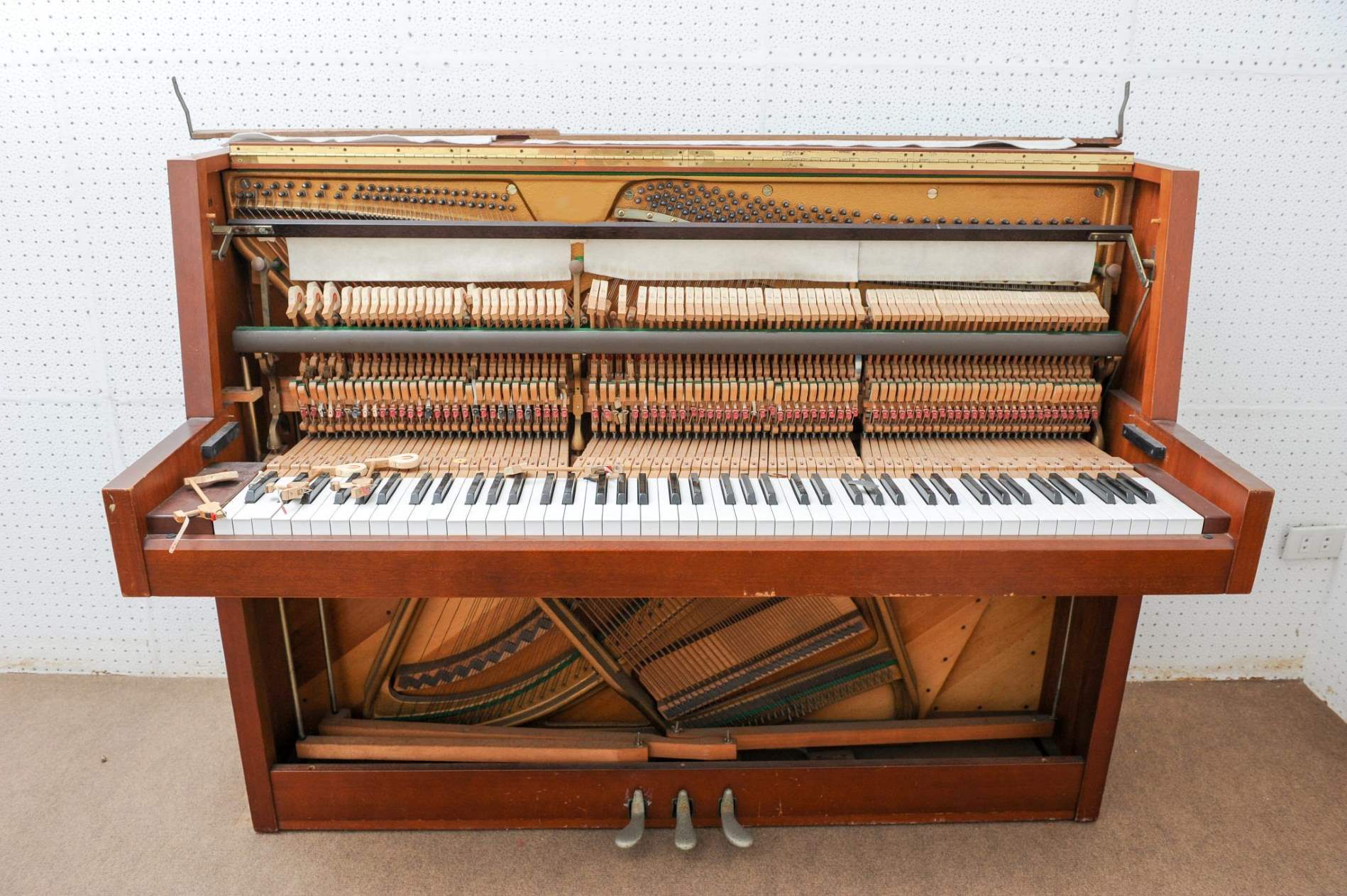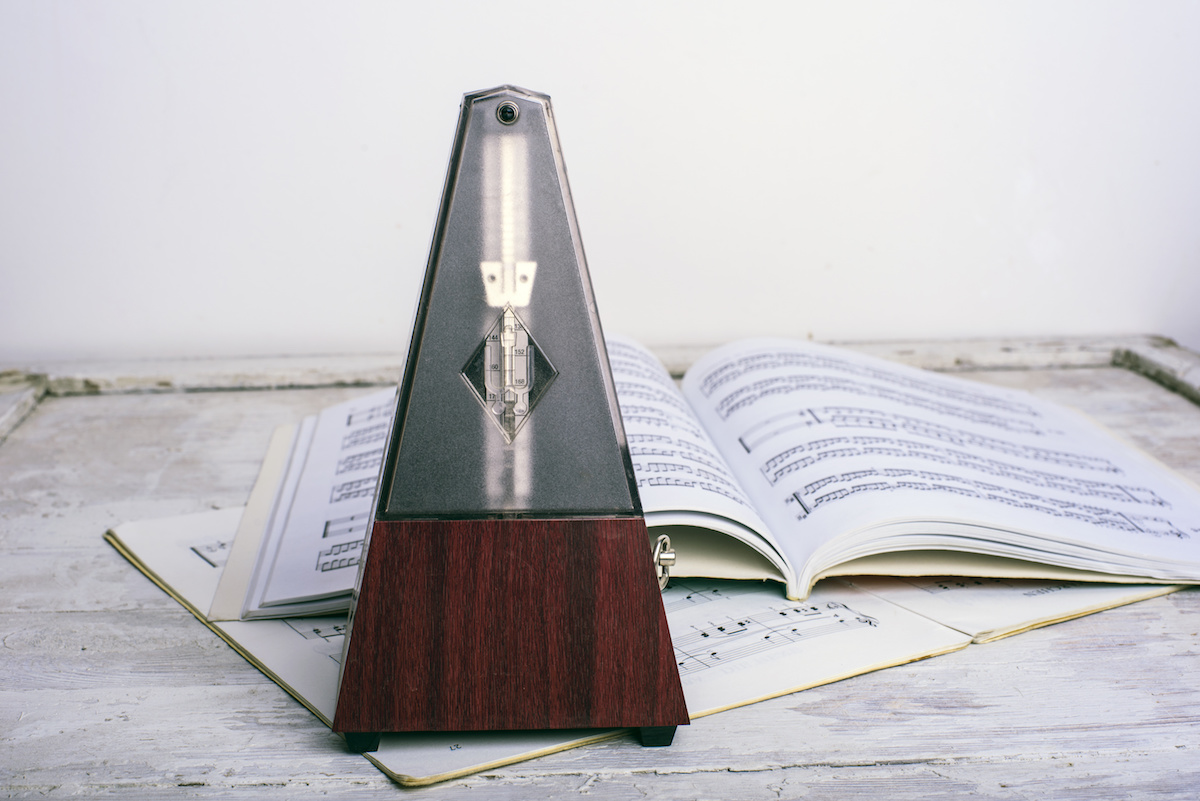Home>Instruments>Guitar>How Does A Guitar Amp Work
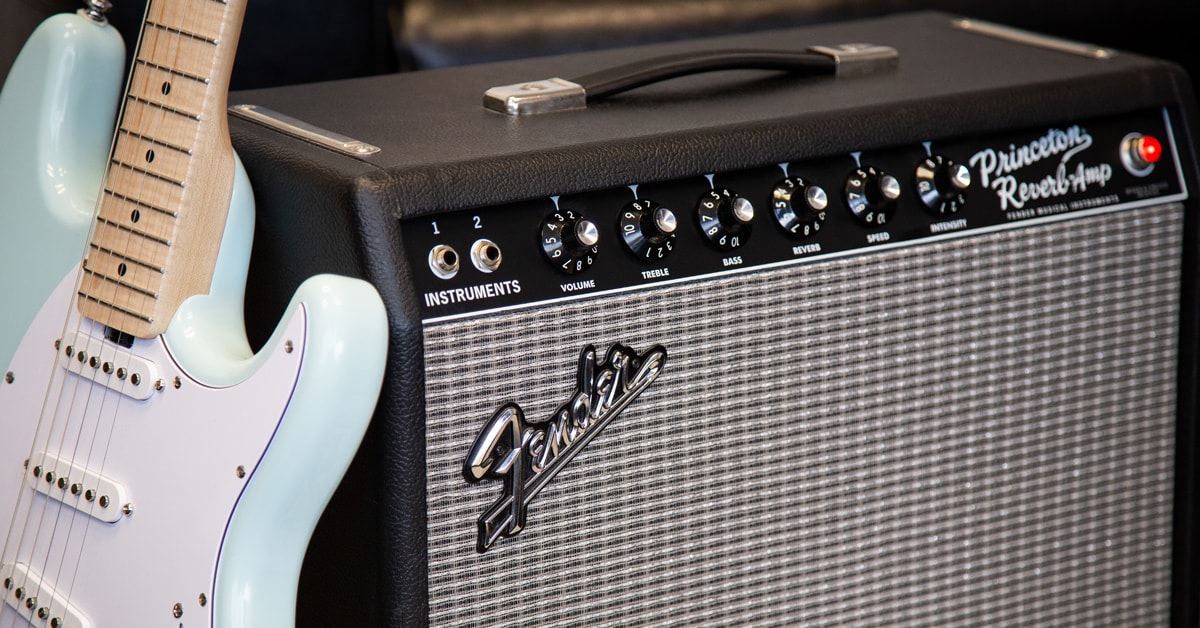

Guitar
How Does A Guitar Amp Work
Modified: February 15, 2024
Discover how a guitar amp works and amplifies the sound of your guitar. Learn about the inner workings and technology behind guitar amplifiers.
(Many of the links in this article redirect to a specific reviewed product. Your purchase of these products through affiliate links helps to generate commission for AudioLover.com, at no extra cost. Learn more)
Table of Contents
Introduction
The Magical World of Guitar Amplifiers
When you plug in your electric guitar and strike that first chord, the sound that emanates from the amplifier is nothing short of magical. It’s the marriage of technology and artistry, transforming the gentle vibrations of strings into a powerful sonic experience. But have you ever wondered how this wizardry actually works?
Guitar amplifiers, or “amps” for short, are the unsung heroes of the music world. They take the weak electrical signal from your guitar and magnify it into a robust sound that can fill a room, captivate an audience, and even shake the ground beneath your feet. Understanding the inner workings of a guitar amp can deepen your appreciation for the music you create and the equipment you use.
So, let’s embark on a journey into the heart of a guitar amplifier, unraveling the mysteries of its basic components, signal processing stages, and the alchemy that turns electrical signals into music. By the end of this exploration, you’ll have a newfound respect for the humble amplifier and a deeper understanding of its pivotal role in shaping the sound of modern music.
Basic Components of a Guitar Amp
Before we delve into the intricacies of how a guitar amp works, let’s familiarize ourselves with its fundamental components. A typical guitar amplifier comprises several key elements that collectively contribute to its function and sonic character. These components include the preamp, tone control circuitry, power amp, and speaker. Each plays a crucial role in shaping the final sound that emanates from the amplifier.
At the heart of the amplifier lies the preamp, which serves as the initial stage for processing the electrical signal from the guitar. Following the preamp, the signal passes through the tone control circuitry, where the tonal characteristics can be sculpted to achieve a desired sound. The processed signal then enters the power amp, where it undergoes significant amplification to drive the speaker. Finally, the speaker converts the electrical signal back into audible sound waves, completing the chain of events that transform the guitarist’s intentions into tangible music.
Understanding these basic components provides a solid foundation for comprehending the inner workings of a guitar amp. As we proceed, we’ll unravel the specific functions and interactions of these elements, shedding light on the magic that unfolds within the amplifier.
Signal Input and Preamp Stage
When you plug your guitar into an amplifier, the journey of the electrical signal begins. The signal input of the amplifier acts as the gateway for the electrical impulses generated by the vibrating strings of the guitar. This raw signal, although rich with musical potential, is relatively weak and requires amplification to reach audible levels. This is where the preamp stage comes into play.
The preamp serves as the first line of signal processing in the amplifier, where the incoming electrical signal undergoes initial amplification and shaping. This crucial stage not only boosts the signal to a level suitable for further processing but also imparts its sonic characteristics, contributing to the overall tonal flavor of the amplifier. The preamp’s design and components heavily influence the amplifier’s sound, making it a key factor in defining the amp’s sonic identity.
Furthermore, the preamp often incorporates gain controls, allowing the guitarist to adjust the level of amplification applied to the signal. This feature enables players to achieve a spectrum of tonal textures, from clean and pristine to overdriven and distorted, by manipulating the amount of signal amplification. Additionally, the preamp may include other controls such as volume, tone shaping knobs, and switches that further refine the signal before it progresses to the power amp stage.
Understanding the intricacies of the signal input and preamp stage provides insight into the initial steps of transforming the subtle vibrations of guitar strings into a robust and expressive sonic output. As we continue our exploration, we’ll uncover the nuances of tone control and the transformative power of the power amp stage, unraveling the complete journey of a guitar signal through the amplifier.
Tone Control
Once the electrical signal from the guitar has been amplified and shaped in the preamp stage, it progresses to the tone control circuitry, where its sonic characteristics can be further refined. The tone control section of a guitar amplifier plays a pivotal role in sculpting the timbre and shaping the overall sound to suit the player’s preferences.
Typically, the tone control circuit includes knobs or sliders that manipulate the frequency response of the amplified signal. These controls allow the guitarist to adjust the balance of bass, midrange, and treble frequencies, providing a means to tailor the sound to suit different playing styles, musical genres, and sonic preferences. By boosting or attenuating specific frequency bands, players can achieve a wide spectrum of tonal variations, from warm and mellow to bright and aggressive.
Some amplifiers feature additional tone-shaping options, such as presence and resonance controls, which further enhance the amplifier’s sonic versatility. The presence control affects the upper midrange and high-frequency response, influencing the amp’s perceived clarity and projection, while the resonance control adjusts the low-frequency emphasis, impacting the amplifier’s low-end response and overall feel.
Understanding the tone control circuitry empowers guitarists to fine-tune their amplifier’s sound, enabling them to dial in the perfect tonal palette for their musical expression. As we move forward, we’ll explore the transformative power of the power amp stage and the critical role it plays in delivering the amplified signal to the speaker, culminating in the creation of tangible sound waves that enrapture audiences and inspire players alike.
Power Amplifier Stage
As the processed signal leaves the tone control circuitry, it enters the power amplifier stage, where it undergoes significant amplification to drive the speaker. The power amplifier is responsible for taking the relatively small electrical signals from the preamp and increasing their power to a level that can drive the speaker, resulting in the production of audible sound waves.
The power amplifier utilizes electronic components such as transistors or vacuum tubes to amplify the signal, boosting its strength while preserving the tonal characteristics imparted by the preamp and tone control stages. This amplification process is crucial for ensuring that the signal has sufficient energy to move the speaker’s cone and produce sound at the desired volume levels.
One of the defining features of a power amplifier is its ability to deliver clean, undistorted amplification when the input signal is below a certain threshold. However, as the input signal approaches and surpasses this threshold, the power amp can introduce harmonic distortion, a desirable effect that contributes to the amplifier’s tonal character and expressive capabilities. This phenomenon is central to the creation of overdriven and distorted guitar tones that have become iconic in various musical genres.
Furthermore, the power amplifier’s design and output wattage significantly impact the amplifier’s headroom, which refers to the margin of available power before the onset of distortion. Amplifiers with higher headroom can accommodate dynamic playing styles and maintain clarity even at louder volume levels, while those with lower headroom may exhibit earlier onset of distortion, yielding a more compressed and saturated sound.
Understanding the role of the power amplifier stage sheds light on its transformative influence on the guitar signal, paving the way for the final stage where the electrical energy is transmuted into audible vibrations that stir the soul. In our next exploration, we’ll unravel the critical role of the speaker output, the ultimate gateway through which the electrical signals manifest as tangible sound waves, completing the journey of a guitar signal through the amplifier.
Speaker Output
At the culmination of its journey through the amplifier, the processed and amplified electrical signal reaches the speaker output stage, where it undergoes a remarkable transformation into audible sound waves. The speaker, often housed within a cabinet designed for optimal acoustics, serves as the final gateway through which the electrical energy is transmuted into tangible vibrations that resonate in the air, creating the music that captivates audiences and inspires players.
Within the speaker, the amplified electrical signal is converted into mechanical motion through the interaction of a magnet and a voice coil attached to a diaphragm, or cone. As the electrical signal fluctuates in response to the audio input, the resulting magnetic forces cause the diaphragm to vibrate, displacing air molecules and producing sound waves that faithfully replicate the characteristics of the original guitar signal.
One of the most intriguing aspects of the speaker’s function is its ability to faithfully reproduce the tonal nuances and dynamic intricacies of the amplified signal. The speaker’s frequency response, dispersion characteristics, and overall tonal signature significantly contribute to the amplifier’s sonic personality, influencing factors such as clarity, warmth, projection, and spatial presence.
Moreover, the speaker’s construction, including the type and size of the diaphragm, the materials used, and the enclosure design, further shapes the sound, offering a diverse array of sonic possibilities for guitarists to explore. Whether it’s the articulate chime of a vintage-style speaker, the aggressive punch of a modern high-gain driver, or the warm embrace of a classic, well-worn cone, the speaker plays a pivotal role in defining the amplifier’s sonic identity.
Understanding the transformative power of the speaker output stage illuminates the final act in the amplifier’s orchestration of electrical signals into tangible music. The culmination of the guitar signal’s journey through the amplifier, from its humble beginnings as a faint electrical impulse to its grand manifestation as resonant sound waves, epitomizes the magic and artistry of the guitar amplifier.
Conclusion
Exploring the inner workings of a guitar amplifier unveils a captivating journey that transcends the realm of technology and delves into the artistry of sound creation. From the humble beginnings of the signal input and preamp stage, where the delicate electrical impulses from the guitar are nurtured and amplified, to the transformative power of the tone control circuitry, which shapes the sonic landscape to suit the player’s vision, the amplifier’s components work in harmony to craft a musical experience that resonates with passion and emotion.
The power amplifier stage stands as a testament to the amplifier’s ability to elevate the guitar signal, bestowing it with the energy and character to fill venues and move audiences. Its capacity to deliver clean amplification and embrace harmonic distortion embodies the amplifier’s expressive versatility, offering a canvas for sonic exploration and self-expression.
Finally, the speaker output stage serves as the gateway through which the electrical signals materialize as tangible sound waves, immersing listeners in the sonic tapestry woven by the guitarist’s hands and heart. The speaker’s faithful reproduction of the tonal intricacies and dynamic subtleties encapsulates the amplifier’s role in translating the artist’s intentions into an immersive auditory experience.
As we conclude this exploration, it’s evident that the guitar amplifier is not merely a tool for amplifying sound; it is a conduit for artistic expression, a collaborator in the creation of music, and a curator of sonic landscapes. Its components, from the preamp to the speaker, work in unison to honor the guitarist’s creativity, allowing their musical visions to manifest as resonant vibrations that enrapture audiences and inspire players.
In understanding the inner workings of a guitar amplifier, we gain a deeper appreciation for the craftsmanship and ingenuity that underpin its design, as well as the profound impact it holds in shaping the sonic tapestries that define musical genres and captivate listeners across the globe.

